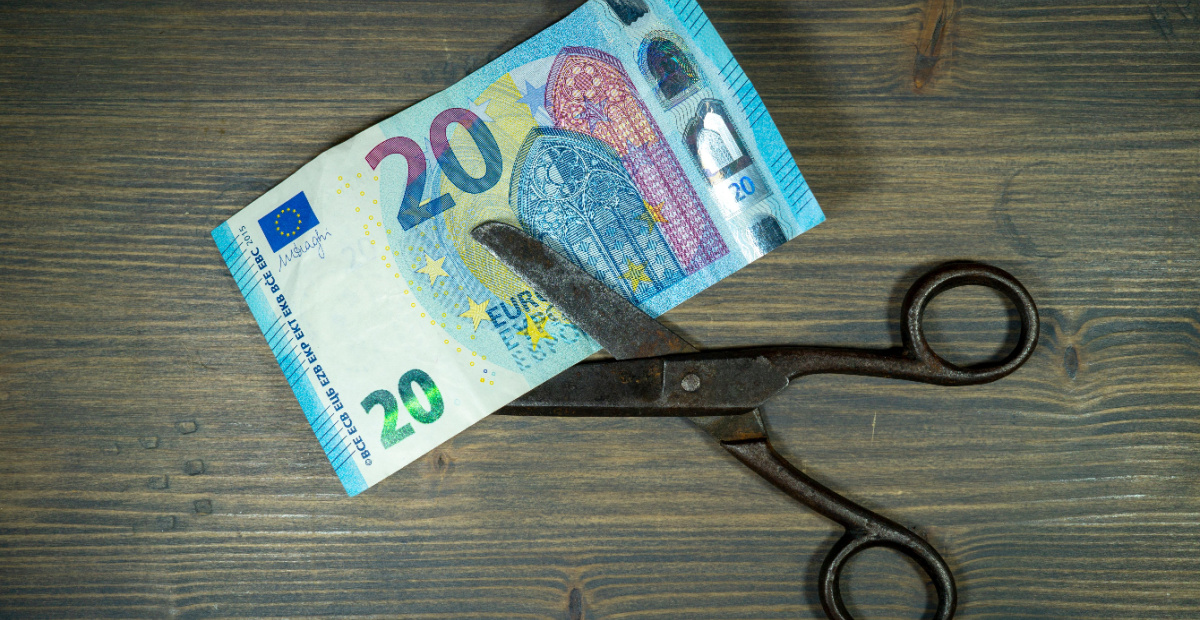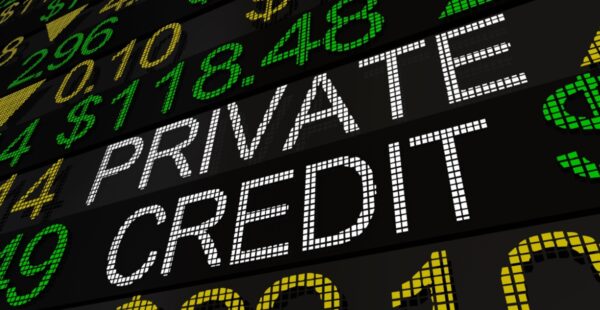ECB well positioned to face uncertainty after seventh straight cut

The European Central Bank (ECB) has delivered its eighth policy cut as widely expected and earned itself some “leeway” to respond to “materialising trade risks”, according to commentary from Principal Asset Management.
Seema Shah, Principal’s Chief Global Strategist, said European inflation had signalled it was well on its way to “stabilising towards its target” after a consecutive easing cycle totalling 200 basis points since June last year.
However, Shah noted ECB President Christine Lagarde’s confirmation that additional rate cuts would not be disregarded and the central bank’s next policy moves would much be dependent on the evolving situation of US trade policy.
“While risks to growth remain tilted to the downside amid the ongoing trade war, several factors are keeping Eurozone growth resilient, including a solid labour market, robust balance sheets, and easing financial conditions,” she said.
“A pull-forward of activity ahead of the U.S. tariffs has also buoyed growth in Q1 and is likely to provide some momentum through the rest of the year. Moreover, there have also been increased signs that inflation is likely to stabilise and move closer towards the ECB’s 2% target as wage pressures continue to ease.
“As a result, ECB President Lagarde has characterized that the ECB is well-positioned to navigate the uncertainties ahead. While she left the door open for additional rate cuts, she acknowledged that the ECB is getting close to the end of the monetary policy easing cycle.
“Additional rate cuts will likely depend on the evolution of the economy amid trade policy risks materialising in the months ahead, particularly with ongoing trade negotiations between the EU and the U.S. Indeed, trade policy is likely the largest source of uncertainty to policymakers currently, particularly given the erratic nature of U.S. trade policy.”
This comes as the ECB’s inflation projections have been downgraded from 1.9 per cent to 1.6 per cent in 2026, which Shah indicated was due to Europe’s low energy prices and a strong euro.
“These projections suggest that the ECB has greater visibility and conviction on inflation reaching its 2% target on a sustained basis,” she said.
“ECB growth projections were modestly downgraded for 2026, with GDP expected to grow 1.1%, slightly down from the previous 1.2%, as trade policy uncertainty is likely to further weigh on economic activity.
“However, the fiscal spending boost—particularly on defence and infrastructure—should provide significant stimulus to offset the negative impact of tariffs and support growth going forward.”
Shah also warned investors to remain cautious amid persisting geopolitical volatility and uncertainty, and to treat the ECB’s recent “encouraging signs” with a grain of salt.
“With economic activity holding up better than expected, and with inflation showing increasing signs of stabilizing closer towards the ECB’s target, the central bank is in a good position to assess incoming risks before embarking on additional rate cuts.
“Investors should not get too complacent with encouraging signs from the ECB, however, as trade policy uncertainty remains extremely elevated and is likely to continue to drive the economic outlook and sentiment going forward.
“Therefore, while the door remains open for additional easing from the ECB this year, they may no longer come at consecutive meetings.”











Everyone in this industry, except apparently Apra and ASIC, know that LIF caused a 60% reduction in genuine new business…
Wait until ASIC start putting the onus back onto advisers and start wanting extra disclosures in SOA's. Why doesnt the…
Good, dont let the door hit you on the way out. After being entirely complicit in the Storm Financial wreck…
LIF worked well hey Canberra
Maybe there's a bit to be said when legislators apply two different ethical models to the pragmatism and compliance of…